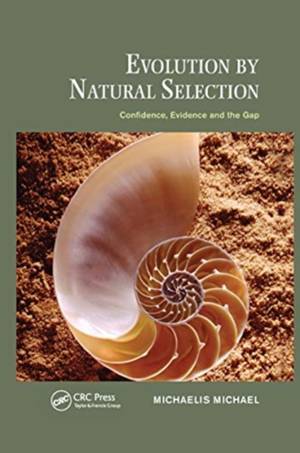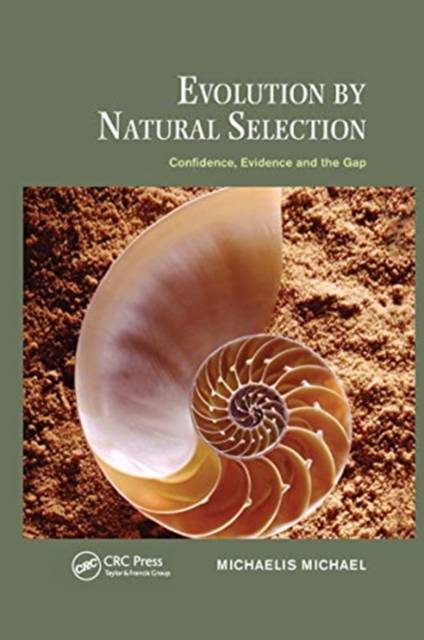
- Retrait gratuit dans votre magasin Club
- 7.000.000 titres dans notre catalogue
- Payer en toute sécurité
- Toujours un magasin près de chez vous
- Retrait gratuit dans votre magasin Club
- 7.000.0000 titres dans notre catalogue
- Payer en toute sécurité
- Toujours un magasin près de chez vous
97,95 €
+ 195 points
Format
Description
At a time when selectionist explanations are being brought forward to explain an ever-widening range of phenomena, this book analyzes the explanatory structure of Darwin's theory of natural selection. It shows there are aspects of the theory that are not totally understood, creating problems in contemporary uses of the theory to explain the worl
Spécifications
Parties prenantes
- Auteur(s) :
- Editeur:
Contenu
- Nombre de pages :
- 159
- Langue:
- Anglais
- Collection :
Caractéristiques
- EAN:
- 9780367658687
- Date de parution :
- 30-03-21
- Format:
- Livre broché
- Format numérique:
- Trade paperback (VS)
- Dimensions :
- 156 mm x 234 mm
- Poids :
- 258 g

Les avis
Nous publions uniquement les avis qui respectent les conditions requises. Consultez nos conditions pour les avis.






